WH Family Strategy In Digital Marketing: WHEN – The Art of Perfect Timing
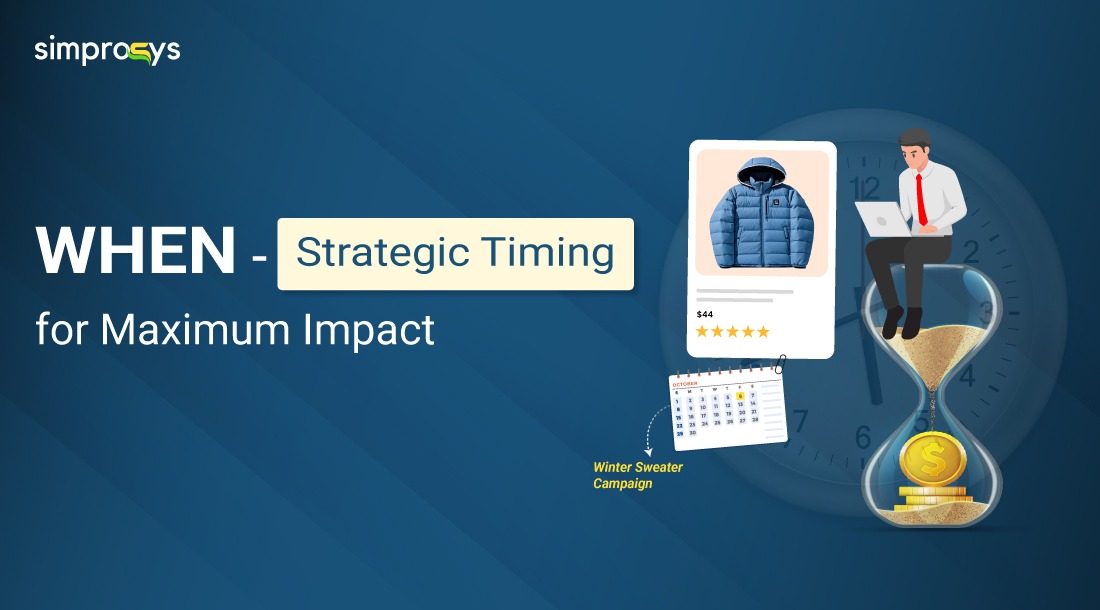
Ever wondered why some merchants crush their sales targets while others struggle with the same products? The secret often lies in this simple word: WHEN – in the WH Family Strategy.
Strategic timing in marketing isn’t just about posting at the right hour; it’s about understanding when your customers are more likely to buy. This timing element can make or break your campaigns.
After understanding the “Why, What, Where, and How” of digital marketing strategy, we’ve arrived at the final piece of the WH family strategy: WHEN.
In our previous blog about ‘HOW,’ we explored choosing the right approach, strategy, and creatives for different platforms and audiences. Here, we’ll focus on the timing element that separates successful merchants from those who are left behind.
Why timing can make or break your marketing campaign
Here’s the harsh truth: launching at the wrong time is like opening your store when everyone’s asleep. The importance of the WHEN-WH family strategy in marketing becomes crystal clear when you realize that the right timing in digital marketing can improve your results overnight.

Your customers’ shopping behavior changes throughout the day, week, and season. Smart merchants work with these patterns instead of fighting against them.
Strategic Dimensions of “WHEN” in Marketing
1. Seasonal Campaigns
Seasonal digital campaigns are your goldmine. These campaigns work best when they anticipate demand rather than react to it.
For example, launch winter clothing promotions in October, not November. Start holiday gift campaigns in early November before competition peaks. Electronics merchants who prepare Christmas campaigns by September consistently outperform those who wait until December.
The reason we suggest starting early is because most campaigns today rely on recent performance data to deliver better results. We want our campaigns to perform well during the specific day, week, or month we’re targeting; we need to start a bit in advance and give the system time to optimize.
2. Event-based Timing
Event-based advertising works because your customers are already engaged. Running ads for soccer merchandise during sports season? Genius. Promoting fitness products during the New Year resolution season? Perfect timing strategy for events.
The key lies in preparation and relevance. Monitor upcoming events in your industry. Create content that adds value to the moment rather than simply promoting your products. Your campaigns should feel like a natural part of the event experience.
3. Customer Journey Timing
Different customers need different messages at different stages. Your funnel-based marketing should match where customers are in their buying journey:
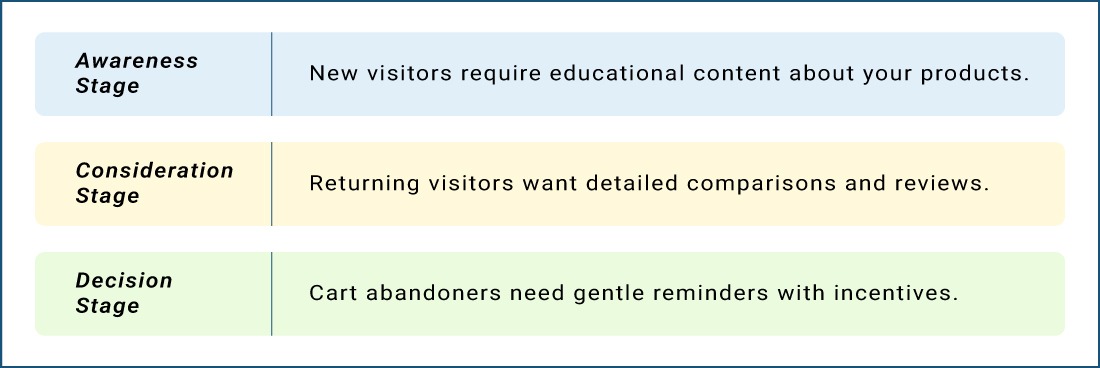
Track where your customers are in their buying journey. Use this information to time your messages appropriately.
WHEN – WH Family Strategy in Action
Let’s take a look at some practical examples that actually work
– Social media scheduling
The best time to post isn’t universal; it’s personal to your audience. For example, data shows posting Instagram Reels at 7 PM generates 2x more engagement than random timing. Your Instagram timing strategy should be based on when YOUR customers scroll, not generic advice.
Quick wins:
- LinkedIn: Think beyond office hours. Many users scroll LinkedIn during after-hours, reflecting on their careers, exploring opportunities, or casually catching up on industry insights. Post when your audience is mentally “off the clock” but still curious.
- Instagram: Focus on moments when your followers are in scroll-and-chill mode, relaxed, and not rushed.
- Facebook: Catch people during their breaks or downtime, when casual browsing happens.
- TikTok: Post when your crowd is in an entertainment zone, typically after they’ve mentally “logged out” of the day.
– Paid campaign launches
Campaign scheduling determines your ad budget’s success. Launch campaigns 5-10 days before major events to build momentum and avoid the competitive rush.
Example: It’s November 15th, and retailers everywhere are hitting “launch” on their Christmas campaigns. They’re walking into a digital competition where every click costs 60% more than it did just two weeks earlier.
Meanwhile, one strategic gift shop owner is already counting profits from their November 1st launch. While competitors fight in an expensive bidding war, this merchant captured the same shoppers when keywords were cheap and competition was thin.
Here’s what could happen:
November 1-14: The “quiet period” where Christmas shoppers are browsing, but most advertisers are still planning. It’s like having a Black Friday sale with no lines.
November 15+: The stampede begins. Every retailer floods Google Ads simultaneously, turning profitable keywords into expensive gambles overnight.
The sneaky advantage: Early launchers don’t just get cheaper clicks- they get smarter. Two weeks of real customer data means they know which products sell when the competition arrives with zero insights.
Same $5,000 budget. Early bird gets 2,500 clicks at $2 each. The late starter gets 1,250 clicks at $4 each. Guess who wins Christmas?
This timing hack turned a simple calendar adjustment into a 30% profit boost. Sometimes the best strategy isn’t working harder; it’s working before everyone else shows up.
– Content publishing
Effective content relies on strategic planning ahead of any upcoming event or season. For example, you can publish your “Best Winter Skincare 2025” post in September, not December. This seasonal blog strategy gives search engines time to rank your content before peak demand hits.
4 Common Mistakes to Avoid
Avoid these timing mistakes that can hurt your campaign performance.
1. Starting Too Early or Too Late
Launching Christmas campaigns in September confuses shoppers who aren’t ready to think about holidays. Waiting until December means competing against every other merchant with higher costs and lower reach. Find the sweet spot where customer interest begins building, but competition remains manageable.
2. Ignoring Time Zones
Your customers live in different time zones. Schedule social media posts and email campaigns based on where your audience is located, not your business location. If you serve customers across multiple regions, consider dedicated campaigns or use scheduling tools that optimize for different time zones.
3. Using Generic Best Practices
“Best times to post” articles provide general guidance, but your audience may behave differently. A B2B software company’s LinkedIn audience will be active at different times than a fashion retailer’s Instagram followers. Test what works for your specific customers.
4. Rushing Campaign Preparation
Last-minute campaigns often fail because they lack proper planning and testing. Give yourself enough time to create quality content, test different approaches, and refine your messaging.
Master your timing, master your results
Consider how timing fits with the other elements of the digital marketing WH family strategy. Your “WHO” (target audience) and “WHAT” (messaging) should align with your “WHEN – WH family strategy” decisions. A complete strategy considers all elements together.
Each campaign type has its own learning time. Without understanding these periods, it’s like revving a cold engine:
– Know Campaign Warm-Up Times
- Search Campaigns: 2-7 days to stabilize as Google learns which keywords drive conversions.
- Shopping Campaigns: 5-7 days to optimize product targeting and reduce wasted spending.
- Display & Video Campaigns: 14-21 days to identify ideal audiences beyond your initial parameters.
- Performance Max: 21-30 days for full optimisation across all channels.
- Social Media Campaigns: 7-14 days to exit the learning phase and find consistent winners.
Start analyzing your performance data today. Test different timing strategies. Small changes in when you launch, post, or promote can lead to massive improvements in sales and engagement.
While your competitors guess, you’ll know exactly when to strike for maximum impact.
The merchants who succeed long-term are those who pay attention to timing details, while others focus only on products and pricing. Start small, test consistently, and build your timing expertise over time.
Quick FAQ’s
When should I start my marketing campaigns?
The timing of your marketing campaigns depends on their purpose. Seasonal campaigns work best when started 4–6 weeks before peak demand, event-based campaigns need 1–2 weeks for momentum, and product launches should begin 2–3 weeks in advance to build awareness.
How do I know if my timing is wrong?
If your campaigns underperform despite good products and targeting, timing is likely the culprit affecting your audience engagement patterns. Poor timing shows up as low click-through rates, high cost-per-click, and weak conversion rates during supposed “peak” hours.
What tools help with timing?
Tools like Google Analytics 4, Facebook Insights, and your store’s analytics can help you time your campaigns more effectively. They show when your audience is most active, highlight traffic and engagement trends, and reveal purchasing patterns, allowing you to launch campaigns when they’re most likely to succeed.



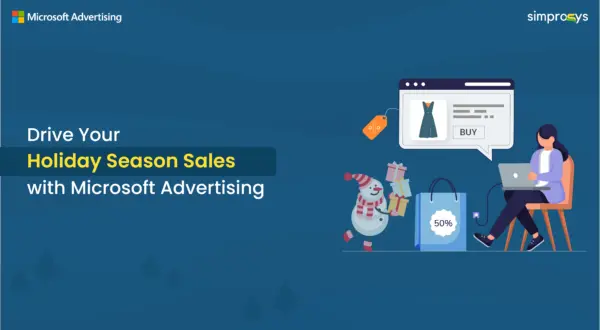
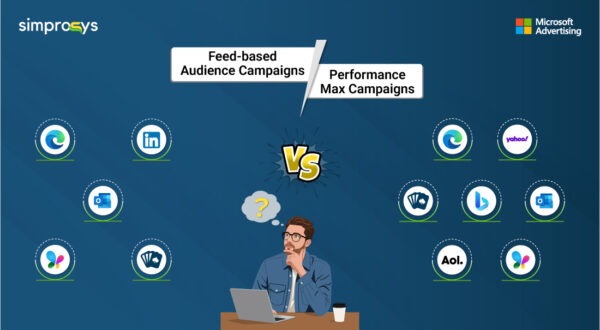
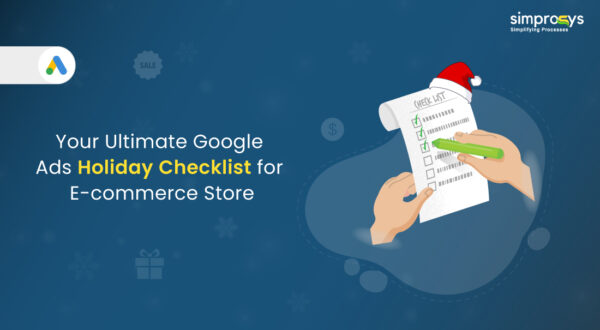
Leave a Reply